High Performance Metal Powder for Additive Manufacturing
Over the years, customers from various industries have been trying to implement Additive Manufacturing (AM) processes in tool and die applications. Various additive manufacturing processes show potential in production, particularly in improving the production efficiency of tooling, especially in the High Pressure Die Casting (HPDC) field.
High Pressure Die Casting involves dealing with various challenges related to extreme heating and cooling. Common issues include heat checking, soldering, and product shrinkage, and more. To tackle the numerous challenges in the application, whether it pertains to funnels, sprue bushings, core inserts, ejector pins, or sliding blocks, solutions can be systematically implemented using 3D printed inserts.
Common Issues
1) Heat Checking
In HPDC production, heat checking is a common failure. During the aluminium die casting process, the mould reaches a very high temperature as the aluminium melt is injected into the die cavity to form the product. After demoulding, the die surface rapidly cools due to the application of a mould release agent. This rapid fluctuation in temperature causes cyclic thermal stress, leading to thermal fatigue and surface cracking of the mould.
To prevent the occurrence and propagation of heat checking, the steel material should possess both high ductility and high toughness. Using AM Dievar through 3D printing, and leveraging its excellent thermal conductivity properties, it becomes possible to effectively enhance cooling efficiency. By reducing temperature differentials during the production process, it is possible to effectively slow down the accumulation of thermal stress on the die surface, ultimately achieving the goal of extending the die’s service life.
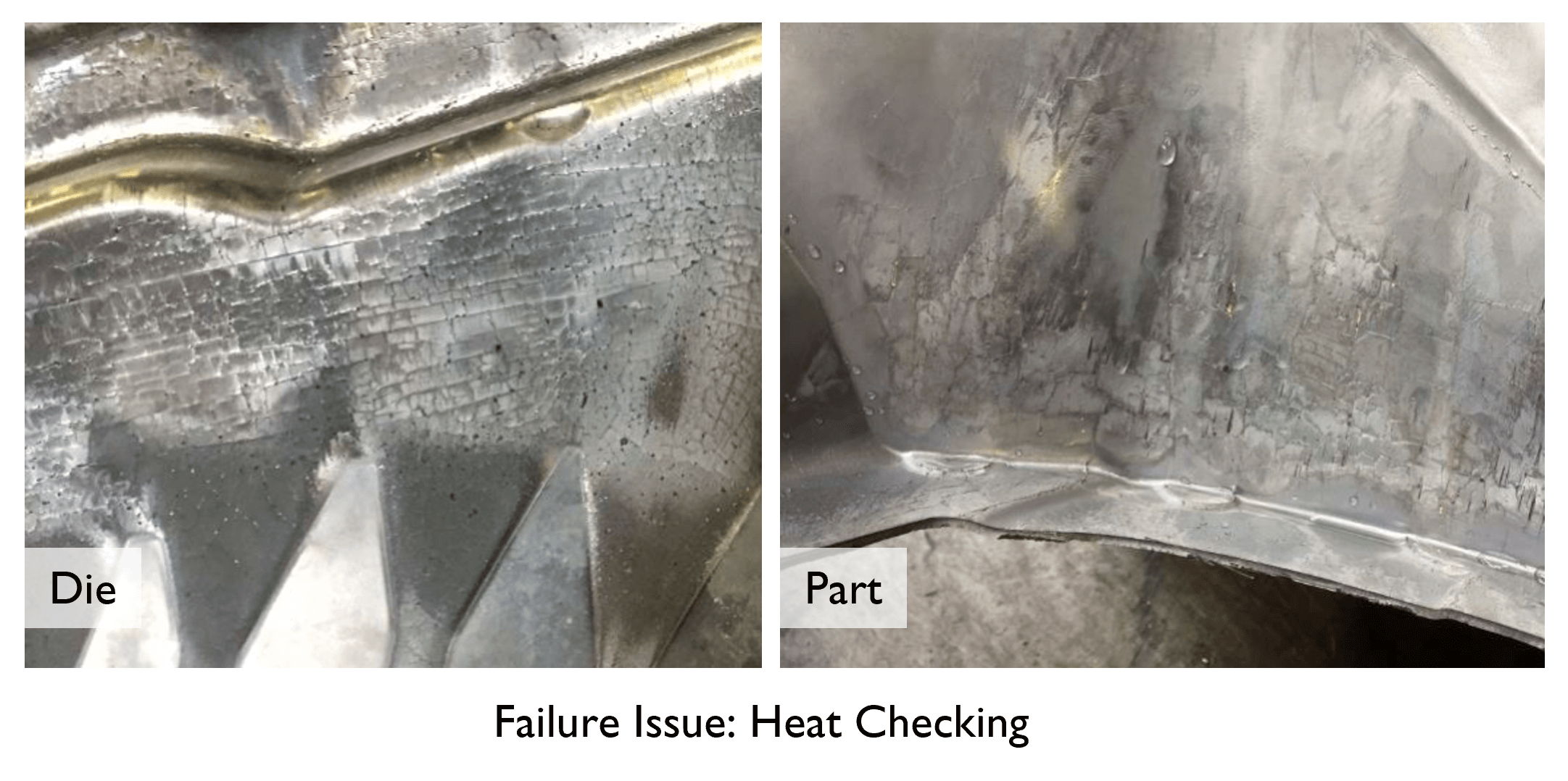
2) Soldering
Soldering is another common issue in the HPDC production process. In the high-temperature conditions of aluminium alloy die casting, there is an intermetallic phase forming between the aluminium alloy and the die, and a small portion of the die surface may be torn off when the castings are ejected.
AM Dievar, through 3D printing, can overcome traditional mould design limitations. By leveraging the excellent thermal conductivity of AM Dievar, it effectively enhances cooling efficiency in the soldering-prone areas, reducing the rate of intermetallic phase forming.
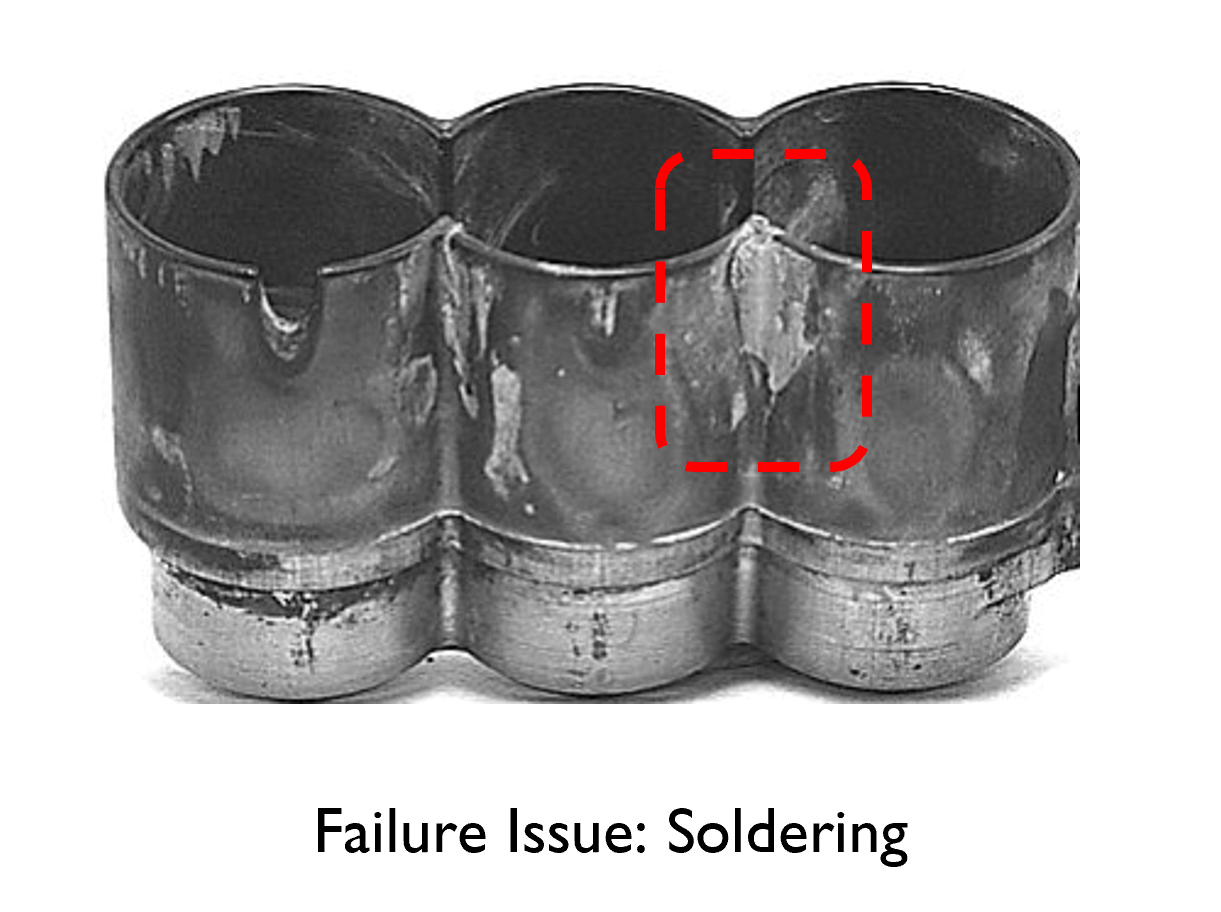
3) Product Shrinkage and Porosity
In high-pressure die casting die design, if there is uneven wall thickness in the product design, excessive and uneven shrinkage during the cooling process can lead to product shrinkage and porosity issues. By using AM Dievar and utilising its excellent thermal conductivity through 3D printing, along with the use of conformal cooling channels in the 3D printed die, the cooling efficiency in the die’s hot zones is improved. This achieves uniform die cooling, effectively reducing shrinkage and porosity issues in the product.
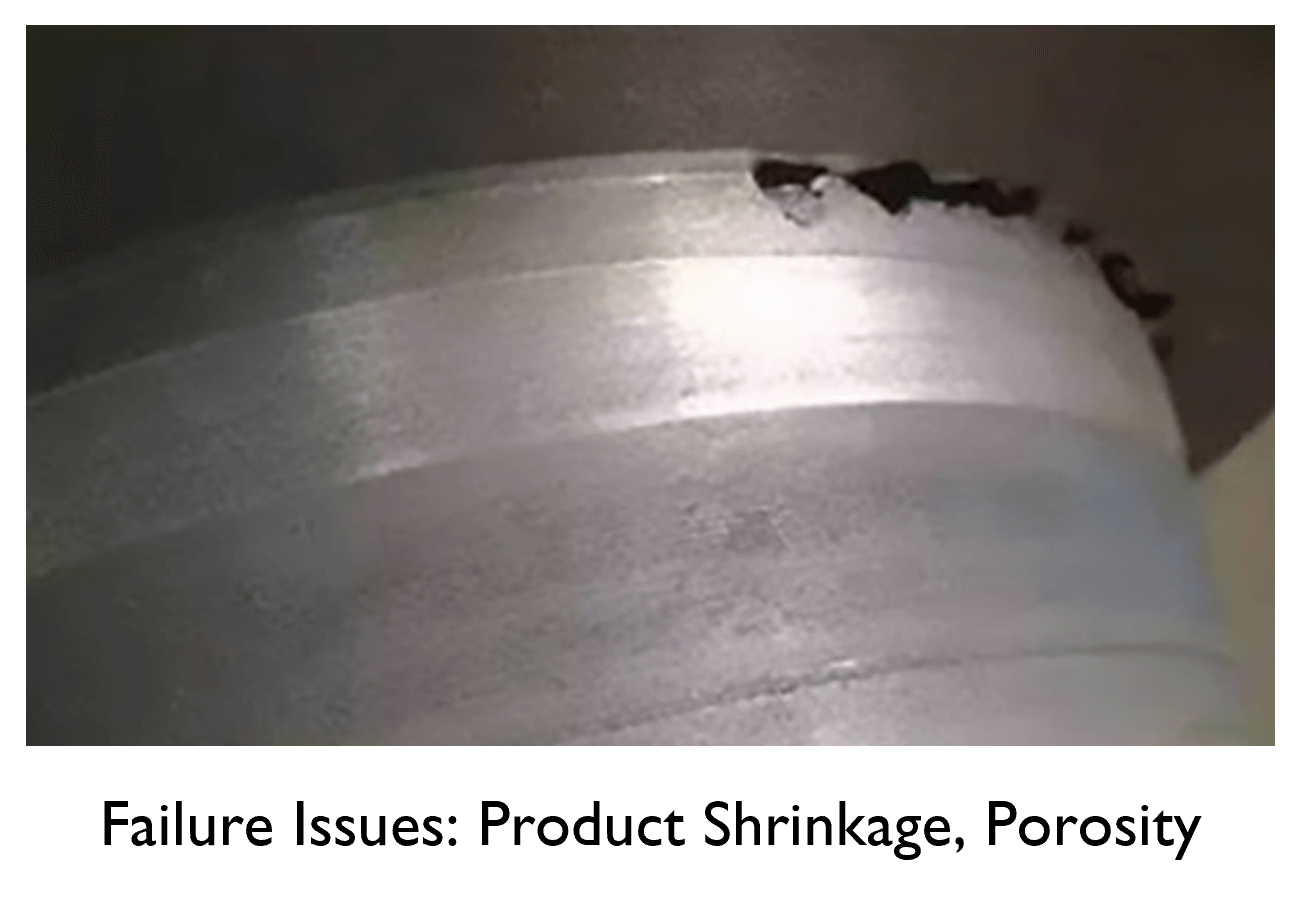
Advantages of Hybrid Printing
Dievar is our high-performance hot work tool steel. AM Dievar has the same chemical composition as Dievar, inheriting its excellent chemical, mechanical, and physical properties. Its outstanding thermal expansion coefficient and mechanical properties effectively reduce various failure issues during 3D printing when using Dievar as the base material. More importantly, unlike combination of 1.2709 powder and H13 as a base, combination of AM Dievar and Dievar as a base requires no pre-heat treatment before printing; only one heat treatment is needed after the printing process.
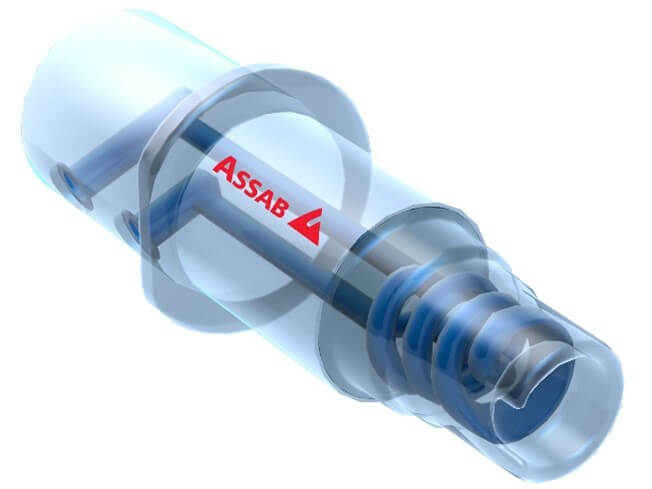
Case Study: The Application of AM Dievar in High-Pressure Die Casting of Automotive Components
Case Profile
- Product: ECU Heat Exchanger
- Industry/Market: Automotive
- Processing Category: High-Pressure Die Casting
- Processing Material: Aluminum
- Failure Analysis: The customer used 1.2709 (powder) + H13 (base) for 3D printing and encountered difficulties in demoulding during production. Demoulding difficulties resulted in mould dragging, and eventually, after 40,000 cycles of production, the mould experienced cracking.
ASSAB Solution
- AM Dievar (Powder) + Dievar (Base)
- Re-designed cooling channel.
- Perform stress state analyses
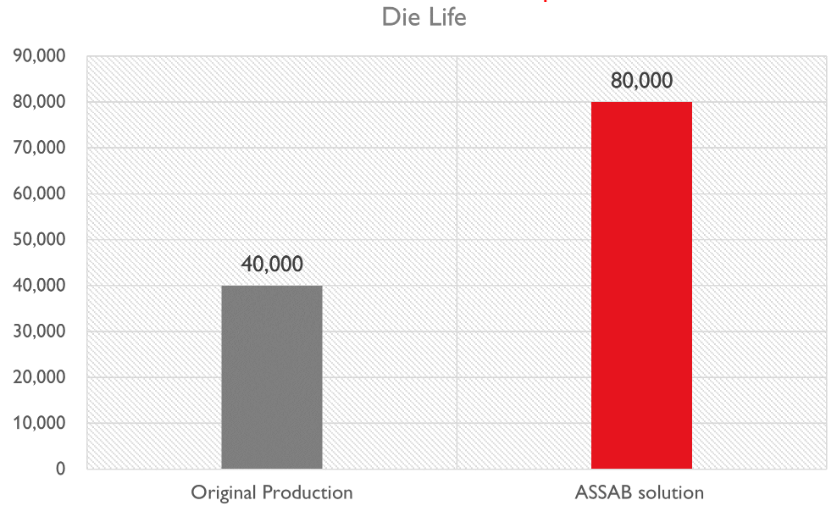
Empowering High-Pressure Die Casting Production in All Aspects
Using AM Dievar in 3D printing unlocks numerous possibilities for HPDC dies. AM Dievar can be integrated into the entire HPDC process, effectively tackling the challenges associated with long-term production of complex new components. When used in additive manufacturing, AM Dievar optimises cooling channels, enhances heat dissipation, reduces cyclic stress, and minimises thermal fatigue. As such, this results in lower defect rates and improved overall manufacturing process efficiency. Various pain points, whether related to funnels, sprue bushings, core inserts, ejector pins, or sliding blocks, can be systematically addressed by incorporating printed inserts.
Summary: The Advantages of AM Dievar
- Very good toughness and ductility
- High thermal conductivity
- Capable of hybrid printing using Dievar as a matching base